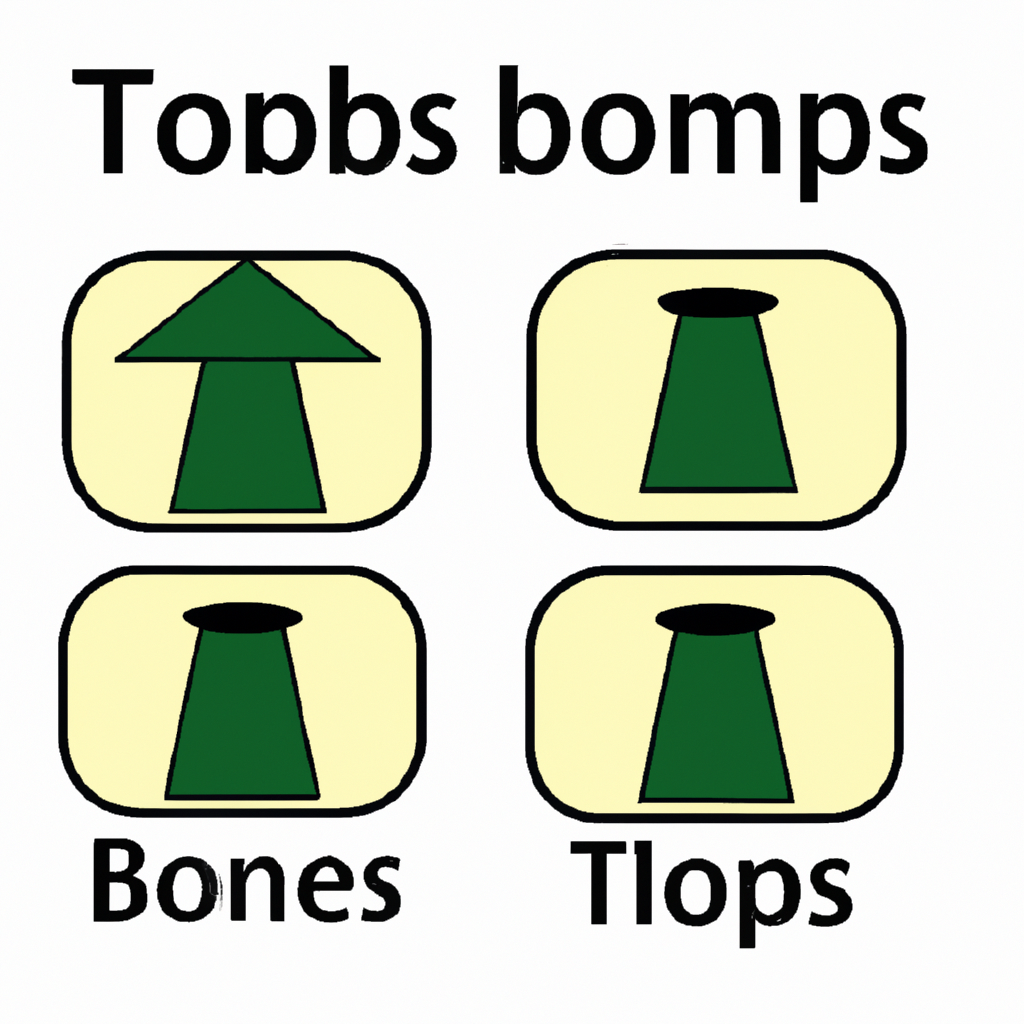# Recognizing Double Tops and Bottoms in Trading
In the world of trading and technical analysis, certain patterns emerge that have been historically indicative of future price movements. Among these, the double top and double bottom patterns are particularly noteworthy for their predictive reliability and the actionable insights they provide. In this article, we delve into how to recognize these patterns, their implications, and tips on how to potentially capitalize on the information they offer.
##
Understanding Double Tops
A double top is a highly regarded reversal pattern that forms after an extended upward movement. This pattern is recognized by the formation of two peaks at approximately the same price level, with a moderate trough between them, resembling a ‘M’ shape on the chart.
###
Steps to Identify a Double Top
1. **Initial Peak**: The formation begins with the rise to an initial high, setting the stage for the pattern.
2. **Pullback**: Following the peak, there’s a pullback, implying a short-term reversal or consolidation.
3. **Second Peak**: The price then ascends to a second high, nearly equivalent to the first peak, but fails to break through, signaling potential bullish exhaustion.
4. **Confirmation**: The pattern is confirmed when the price falls below the support level formed by the trough between the two peaks. This breakout is indicative of a likely trend reversal from bullish to bearish.
##
Understanding Double Bottoms
Conversely, the double bottom pattern signals a reversal of a downtrend, showcasing potential bullish momentum ahead. It resembles a ‘W’ shape, with two consecutive low points and a moderate peak in between.
###
Steps to Identify a Double Bottom
1. **Initial Trough**: The pattern starts with the price falling to a new low, establishing the first valley.
2. **Rally**: After this low point, there’s a rally that leads to a short-term peak, indicating potential change in market sentiment.
3. **Second Trough**: Subsequently, the price dips back down to form a second trough, similar in depth to the first, hinting at sustained selling pressure, but with a bullish undercurrent.
4. **Confirmation**: The confirmation of this pattern happens when the price breaks through the resistance level defined by the interim peak. This suggests a potential shift from a bearish to a bullish trend.
##
Trading Strategies Based on Double Tops and Bottoms
Recognizing these patterns early can provide traders with a strategic advantage, but it’s important to approach with caution and consider additional indicators for confirmation.
###
Double Tops
– **Entry Point**: After the double top is confirmed, consider shorting the asset at or just below the breakdown level.
– **Stop-Loss**: To mitigate risk, set a stop-loss order slightly above the highest peak of the pattern.
– **Profit Target**: The profit target can be estimated by the height of the pattern subtracted from the breakdown point.
###
Double Bottoms
– **Entry Point**: Once the double bottom is confirmed, consider buying the asset at or just above the breakout level.
– **Stop-Loss**: Place a stop-loss order a little below the lowest trough to limit potential losses.
– **Profit Target**: Calculate the profit target by adding the height of the pattern to the breakout point.
##
Conclusion
While double tops and bottoms are compelling signals within the realms of technical analysis, it’s vital for traders to incorporate other tools and indicators to validate these patterns. Market conditions, volume analysis, and other technical indicators should be considered to enhance decision-making. As always, diligent research and risk management are paramount in maximizing the potential of any trading strategy.
